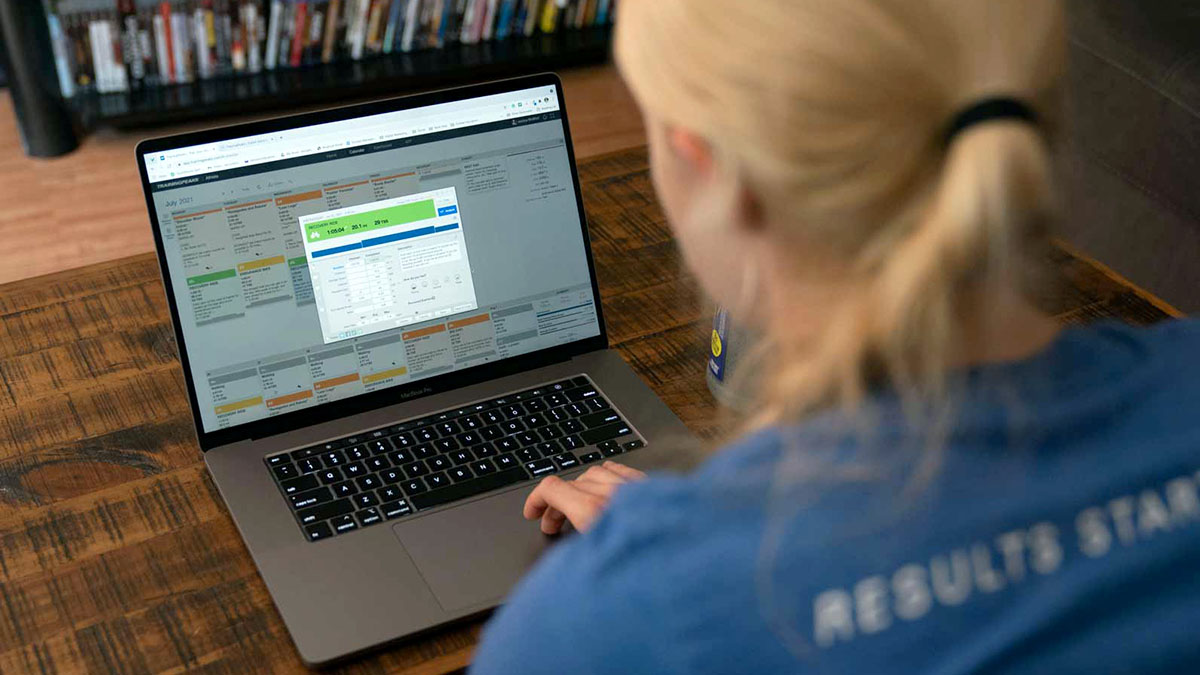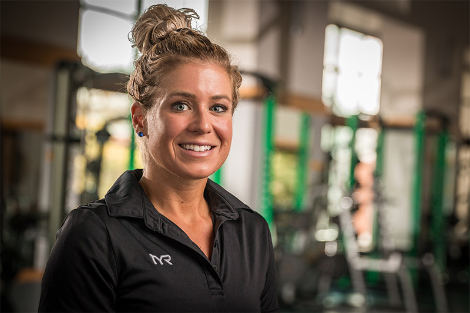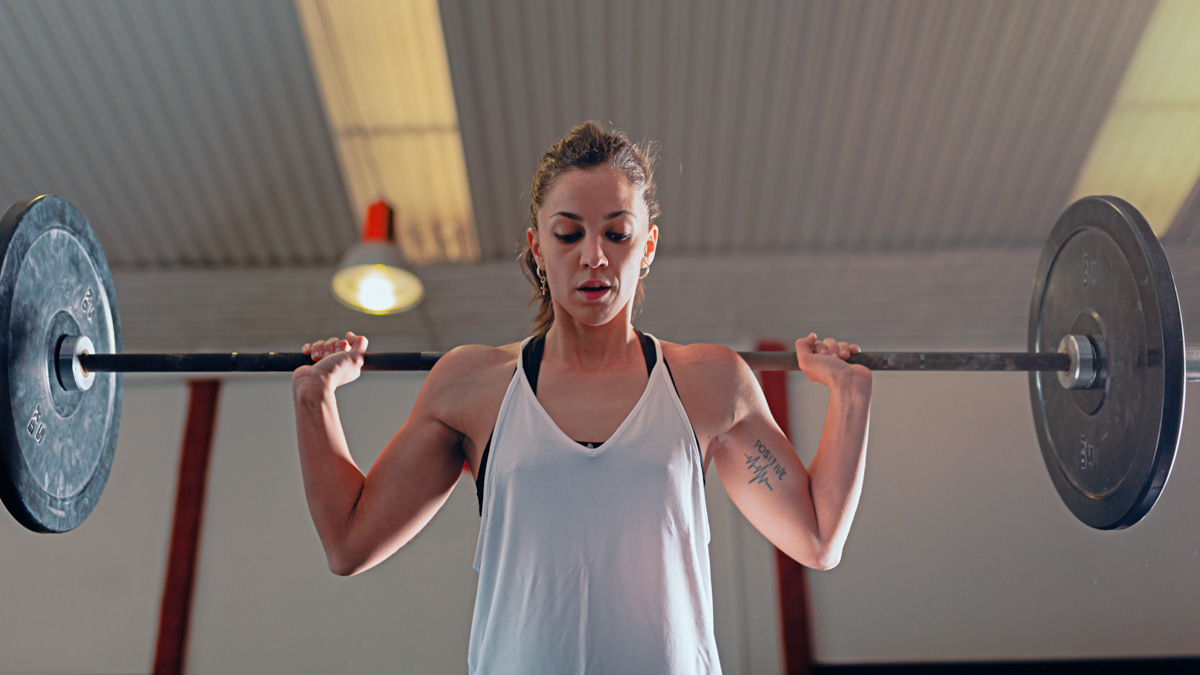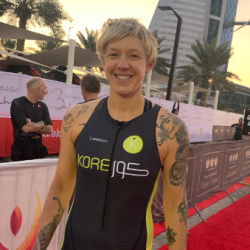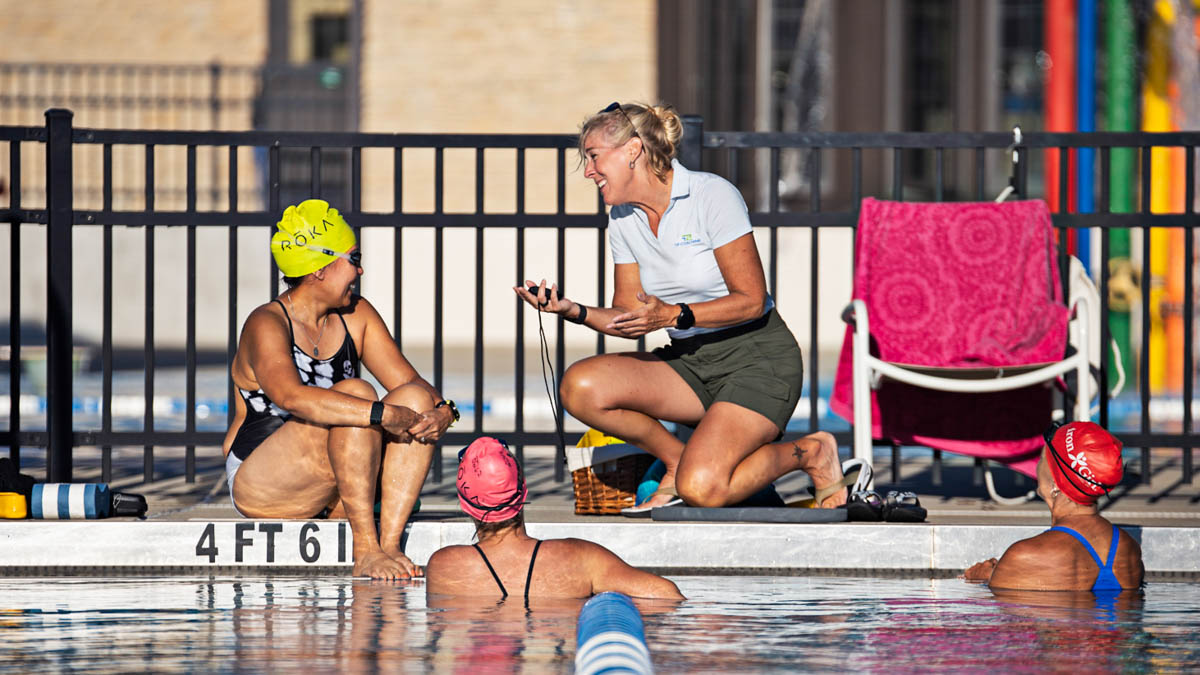TrainingPeaks is a multi-faceted tool that allows you to track many different elements of your workouts and daily health. One of the best features for female athletes and coaches is tracking your menstrual cycle. This enables coaches and athletes to train smarter as it helps them observe patterns in their training data and rates of perceived exertion, thus maximizing performance.
The leading expert in female hormonal research and athletic performance, Dr. Stacy Sims, states in her TED talk, “Women are not small men. We need to be open and normalize talking about women’s menstruation cycles as there is so much to learn from tracking and training according to each woman’s patterns. This allows female athletes to use their period as an ergogenic aid. You can use the different times of an athlete’s hormonal cycle to navigate and assign their training blocks.”
Keep in mind not every female athlete’s menstrual cycle is the same and can vary between 25-40 days long. Coaches can plan periodized training blocks that will work harmoniously with their hormonal changes and result in a better mental state, enhanced recovery and higher quality sessions. I’d like to dive into each menstrual cycle phase supplemented by specific training advice from Dr. Stacy Sims.
Overall Cycle Duration: 25 to 40 Days
Menstrual Phase Duration: 3-7 Days
In general, throughout the cycle, lower hormonal levels mean athletes are primed for high-to-moderate intensity training sessions.
Dr. Sims’s Training Advice: “Athletes are able to access intensity and have higher blood flow throughout the body. They are more likely to have confidence, try things without fear of failure as well as have better motivation.”
Follicular Phase Duration: 11-27 Days
This phase overlaps with the menstrual phase and starts on the first day of the menstrual cycle with a surge of Estrogen followed by a gradual increase thereafter. Progesterone is still low.
Dr. Sims Training Advice: “This transition phase can be used to de-load intensity, increase mobility, drills and core. Research has shown during the follicular phase there is a higher increase in muscle strength compared to the luteal phase.”
Ovulation Phase: Day 14 of the 28-day cycle
This phase occurs for 24 hours. The day before is when Estrogen is at its highest.
Dr. Sims Training Advice: “Female athletes will feel flat and in some cases may feel like they are losing training progress. As such, it is best to use this as a recovery day. Additionally, they will feel heavy or swollen due to excess water retention and carbohydrates.”
Luteal Phase Duration: 11-17 days
Once ovulating is complete, the luteal phase starts, during which estrogen and progesterone are at their highest levels. It is also typically when PMS (Premenstrual Syndrome) occurs, which may include mood and physical changes.
Dr. Sims Training Advice: “During this time, endurance capacity is lower, so steady-state work with low-to-moderate intensity along with more recovery is optimal.”
Coaching Young Female Athletes
There are different phases throughout a woman’s life where hormone levels will vary. During puberty, it is important to normalize talking about how the menstrual cycle works. As young athletes’ bodies change they should focus on relearning fundamentals and holding patience for themselves as muscular, skeletal and hormonal changes occur. Coaches should educate their athletes about how to manage their unique cycles for performance.
Coaching Older Female Athletes
During perimenopause, progesterone and estrogen start to decrease, which causes athletes to feel flat. During menopause, athletes may feel more fatigued, need longer recovery, and will be less able to train at high intensity. It is important to start strength training early in life because it’s much more challenging to build muscle mass after menopause. For females, lifelong health and optimal performance should always involve strength training.
RED-S Syndrome
Period tracking also allows for the coach and athlete to catch any pattern changes elicited by an endocrine disruption. Your endocrine system directly reflects the stress responses of your body. Higher stress levels result in irregular hormone levels and, therefore a shorter or non-existent period or Relative Energy Deficiency Syndrome (or RED-S Syndrome) This is a tell-tale sign of overtraining. A lack of period can lead to injuries, decreased bone density and more. The key is to adapt your training to fit your own physiology.
Information provided by Stacy T. Sims, Ph.D. Stacy Sims is an applied researcher, innovator, and entrepreneur in human performance, specifically sex differences in training, nutrition, and environmental conditions. Click here for her personal website. Click here for her research history and published articles.

